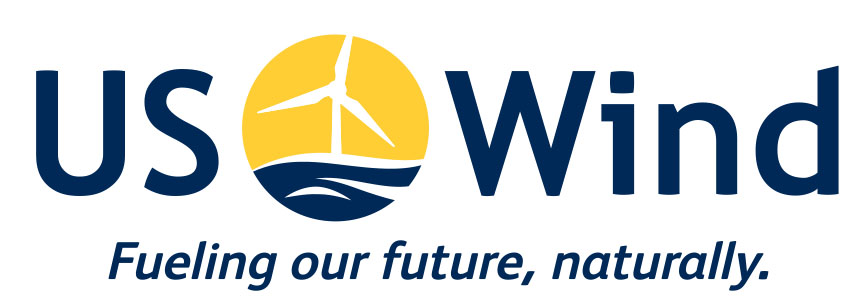Clean energy for all: providing better and affordable access to energy
Much of the conversation revolving around clean energy focuses on the large-scale impact and solutions, from federal or state level to big companies — and necessarily so. While there have been significant actions made towards building a clean energy future, there is still more work to develop structures and systems in order to transition from coal-powered energy and these institutions and industries have the capacity and responsibility to do so, which will affect millions of people in the country.
It is therefore worth looking into efforts undertaken to make the clean energy technologies inclusive and accessible to low-income households. According to the U.S. Energy Information Administration, nearly one-third of U.S. households (31%) reported facing a challenge in paying energy bills or sustaining adequate heating and cooling in their home in 2015. About one in five households have reduced or foregone basic necessities such as food and medicine to keep the lights on, and 11% have reported to using less energy via keeping their home at an unhealthy or unsafe temperature.
An interview conducted by Yale Environment 360 with Tony Reames, director of the Urban Energy Justice Lab, outlined the need to improve these energy conditions in low-income households in the U.S.
Reames shared one instance of difficulty finding LED bulbs in a low-income neighborhood, including stores that sell them. He remarked on the need for utility companies to partner with local, smaller retail stores in urban areas as well, not just with major players. It goes into the heart of “energy justice,” a concept which essentially means “fair and equitable access to energy technology, fair and equitable participation in energy decision-making, and also this idea of energy as a basic right, because it’s so important to everything we do in life. That means energy needs to be affordable, and also clean and efficient.”
Through his team’s study, they found out that states deal with utilities differently, which includes the institution of State Energy Efficiency Resource Standards (EERS). Through EERS policies, utilities are required to pursue energy efficiency as a cost-effective energy resource. As a result, billions of dollars have been invested in improving residential energy efficiency.
Reames outlined some findings from his studies that can explain how minorities and low-income communities both polled the most concerned groups of people when it comes to climate change and also those who face significant obstacles in accessing clean energy options. Having a diversified field of people who mobilize green solutions can greatly help inspire trust in said groups, as well as investing in strengthened local partnerships with leaders and people within the community to encourage active participation from residents.
He concludes, “It takes some time, and that’s always a challenge when you’re trying to revitalize a city, especially when you’ve lost population. It’s like the focus is getting people back in, sometimes less than on the people who have stayed through the devastation. It seems like the tide is turning. I feel like the two things can coexist. You can have new development, but you can also have healthy, thriving, existing neighborhoods. I hope that’s where we’re going.
